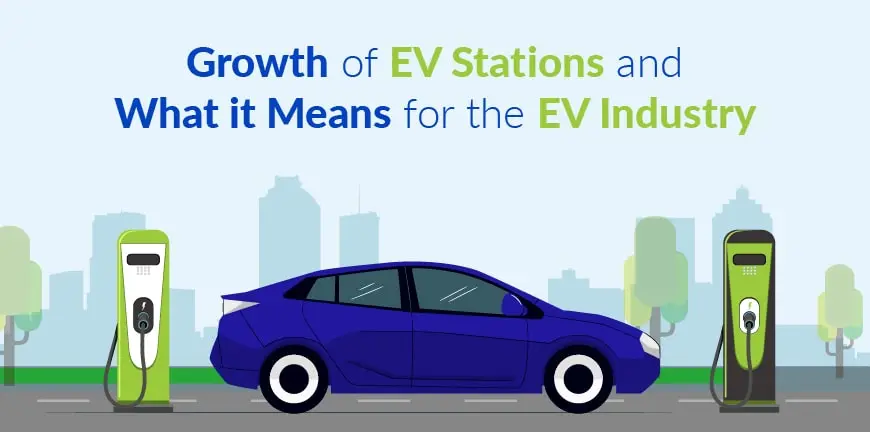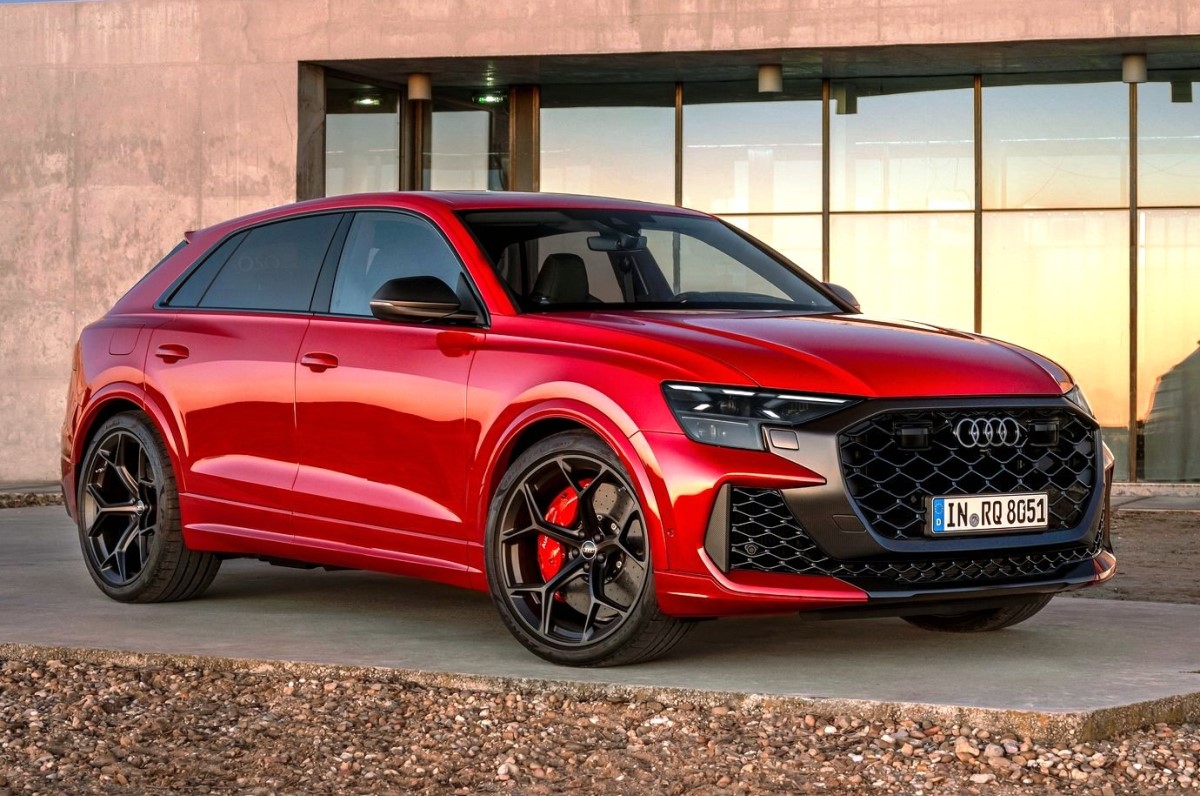Introduction
Electric Vehicles (EVs) are revolutionizing India’s automotive landscape, driven by increasing environmental awareness and supportive government policies. The growth of EV infrastructure in India is crucial for widespread EV adoption, ensuring convenient and efficient charging solutions across urban and rural areas. This article explores the current state of EV charging stations in India, government policies supporting EV infrastructure, and future developments in the sector.
Current State of EV Charging Stations in India
The expansion of EV infrastructure in India has gained momentum in recent years. However, several challenges still hinder mass adoption. The current status of EV charging stations in India can be assessed through the following aspects:
1. Number and Distribution of Charging Stations
- India has over 10,000 public EV charging stations, concentrating in metropolitan areas like Delhi, Mumbai, Bengaluru, and Chennai.
- Rural and semi-urban regions still lack adequate EV charging infrastructure, limiting long-distance EV travel.
2. Types of EV Charging Stations
- AC Chargers (Level 1 & Level 2): These are slow chargers commonly used for home and workplace charging.
- DC Fast Chargers: Found in public locations, capable of charging EVs within 30-60 minutes.
- Battery Swapping Stations: An emerging concept, particularly beneficial for electric two-wheelers and three-wheelers.
3. Challenges in EV Charging Infrastructure
- Lack of Uniform Standards: Different charger types and connectors create compatibility issues.
- High Installation Costs: Setting up an EV charging station in India requires significant investment in land, equipment, and grid upgrades.
- Grid Reliability: India’s existing power grid needs enhancements to handle increased EV charging loads.
- Limited Awareness: Many potential buyers hesitate due to a perceived lack of charging options.
Government Policies Promoting EV Adoption in India
To accelerate EV infrastructure growth in India, the government has implemented several policies and incentives.
1. Faster Adoption and Manufacturing of Hybrid and Electric Vehicles (FAME) Scheme
- FAME I & FAME II: Financial incentives for EV buyers, subsidies for EV charging stations, and support for R&D in EV technology.
- Over 7000 charging stations were sanctioned under FAME II to improve EV infrastructure.
2. Production-Linked Incentive (PLI) Scheme
- Encourages domestic EV battery production to reduce dependence on imports.
- Aims to develop a robust local EV ecosystem, boosting the EV infrastructure sector.
3. State-Specific EV Policies
- Delhi, Maharashtra, Tamil Nadu, and Karnataka offer additional incentives for EV infrastructure development.
- Lower road taxes, free registration, and subsidies on home EV chargers.
4. Public-Private Partnerships (PPP) and Investment Boosts
- The government collaborates with private players like Tata Power, BPCL, and Reliance to set up EV charging stations.
- Foreign investors are encouraged to participate in India’s EV infrastructure expansion.
Future Developments in India’s EV Infrastructure
The future of EV infrastructure in India looks promising with several planned initiatives.
1. Expansion of EV Charging Networks
- The government targets 1 charging station every 3 km in cities and every 25 km on highways.
- Metro stations, shopping malls, and office complexes are being mandated to include EV chargers.
2. Battery Swapping and Wireless Charging Technologies
- Battery swapping stations to reduce charging downtime, especially for electric two-wheelers and three-wheelers.
- Wireless charging research aims to eliminate the need for physical plugs, making EV charging seamless.
3. Integration of Renewable Energy in EV Infrastructure
- Solar-powered EV charging stations to enhance sustainability.
- Hybrid EV chargers using wind and solar energy are being tested to make EV infrastructure in India more eco-friendly.
4. Smart Charging and IoT-Enabled EV Infrastructure
- AI-driven EV charging stations for demand-based charging.
- IoT-based systems to monitor and optimize EV charging station performance.
Conclusion
The evolution of EV infrastructure in India is pivotal for widespread EV adoption. While challenges persist, government policies, technological advancements, and private-sector involvement are significantly improving EV charging infrastructure. With increased investments and policy support, India’s EV ecosystem is on track to become one of the most robust globally, paving the way for a cleaner and more sustainable transportation future.



